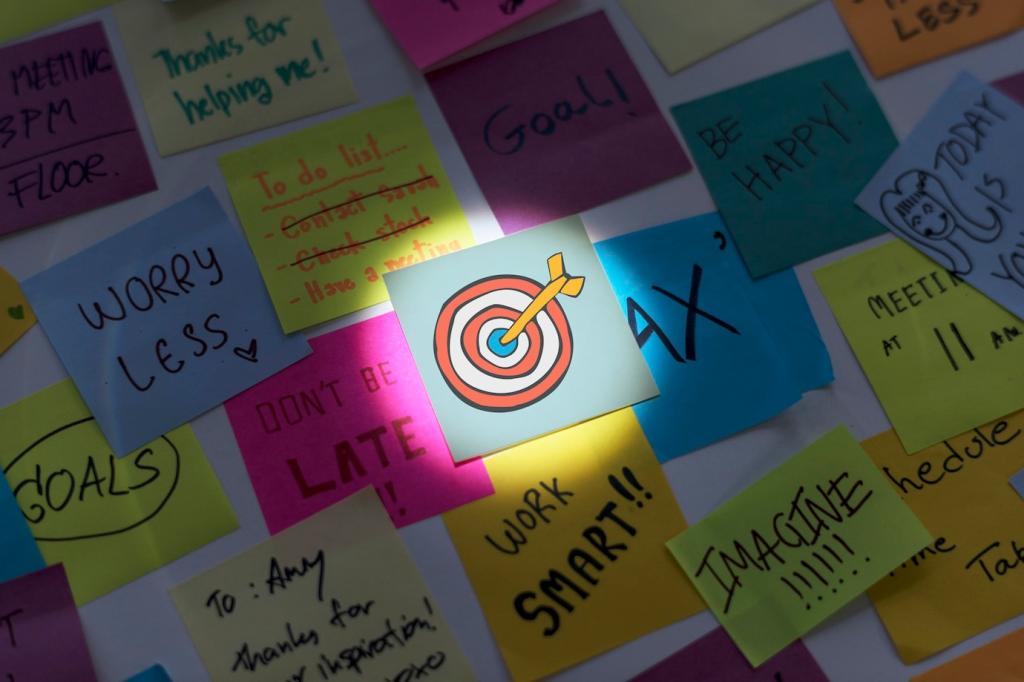Creating Compelling Furniture Care Stories for Digital Media
Chosen theme: Creating Compelling Furniture Care Stories for Digital Media. Step into a narrative-first approach where polish, repair, and preservation become unforgettable characters—inviting your audience to care, learn, and return for the next chapter.

Why Stories Make Furniture Care Stick
A simple cleaning tip is easy to forget, but a short story about a coffee ring threatening a beloved desk creates emotional stakes. That tension and resolution act as a memory hook, increasing recall and inspiring action. Invite readers to comment with their own ‘rescue moments’ to deepen connection.

Cast the table as the hero: call to adventure (a deep scratch), mentor (your step-by-step guide), trials (sanding doubts), boon (renewed finish). This universal arc works perfectly as a three-part carousel. Ask viewers to save the post for their next restoration quest.
Story Frameworks Built for Digital Platforms
Show the mark, amplify consequences with quick cutaways—a ruined family photo session, a postponed dinner party—then offer a respectful fix. Keep tone compassionate, never shaming. Invite followers to drop their most stubborn marks in comments for tailored guidance next week.
Story Frameworks Built for Digital Platforms


Visual Language: Showing Care, Not Just Telling
Use soft side lighting to pull out depth in walnut and oak. Avoid harsh overhead glare that flattens tones and hides scratches. Include a quick lighting diagram in your carousel. Ask readers to tag their lighting attempts; feature the best examples in Friday’s roundup.
Visual Language: Showing Care, Not Just Telling
Film macro shots of cloth moving with, not against, the grain. Blend real-time moments with time-lapse so effort feels achievable yet authentic. Note every product and tool on-screen. Invite viewers to vote on which camera angle made the technique clearest.
Voice and Tone: Warm, Expert, Human
Begin with a true-style vignette: a wobbly heirloom chair at a Sunday brunch, laughter paused by a sudden creak. A gentle fix steadies more than wood—it steadies memories. Ask readers to submit their heirloom’s name and backstory for a future community spotlight.
Explain terms like patina, denatured alcohol, and shellac with crisp definitions and metaphors. Replace jargon-laden steps with numbered clarity. Offer a downloadable glossary. Invite feedback: which terms still feel fuzzy? Promise a live Q&A to demystify them together.
Set tone pillars—reassuring, curious, conscientious—and a style rule like ‘always note grain direction.’ Keep them visible in your editorial doc. Encourage subscribers to call out when you slip; celebrate those catches as proof that this is a collaborative craft.

Read Time and Retention Curves
Analyze where viewers drop off in a sanding tutorial. If it’s during safety setup, tighten visuals but never skip essentials. Share findings openly, and ask the community whether a checklist overlay would help them stay through the most technical segments.
Keyword Themes, Human Intent
People search ‘oil or wax for oak table’ because they want confidence, not just rankings. Build a story comparing outcomes over four weeks, with identical tables and different finishes. Invite readers to predict results in comments before revealing your measured findings.
Iterative Storytelling Sprints
Run two-week experiments: alternate narrative hooks, measure saves and shares, then keep what resonates. Publish a quick retrospective each cycle. Ask subscribers to vote on the next hypothesis—perhaps cloth type, curing time, or finish sheen—and join the testing journey.
Community Stories and Ethical UGC
Offer simple prompts: ‘Show us the scratch that tells a story,’ or ‘One photo, one lesson learned.’ Provide a hashtags list and consent checkbox language. Encourage participants to include a materials list to help others replicate safe, effective care at home.


Community Stories and Ethical UGC
Always request written permission, tag creators, and preserve context—what finish, which cloth, how long it cured. If a step was risky, annotate corrections respectfully. Invite the original poster to add a voice note describing what they would do differently next time.
Sustainability Narratives That Feel Personal
Care as Climate Action
Tell the story of a dresser that skipped the landfill thanks to re-oiling and a minor repair, quantifying wood saved with relatable comparisons. Invite readers to pledge one preventive task this week and share their carbon-light win in a quick reply.


Materials With a Backstory
Highlight responsibly sourced oils, recycled cloths, and low-VOC finishes. Explain why these choices matter for indoor air and longevity. Ask followers to recommend suppliers they trust, building a community-sourced directory vetted by experience rather than ad spend.
Editorial Rhythm and Series Ideas
Seasonal Arcs With Real Stakes
Plan humidity-focused care in summer, dry-air strategies in winter, sunlight rotation in spring. Tease next month’s theme at the end of each post. Ask readers to submit regional climate tips to broaden the series with lived, local expertise.

